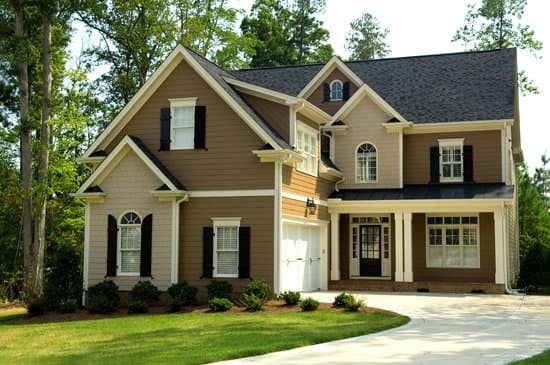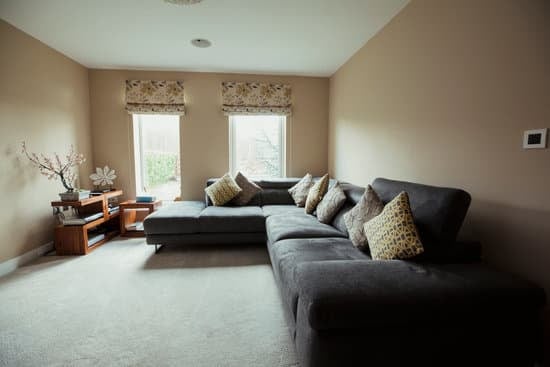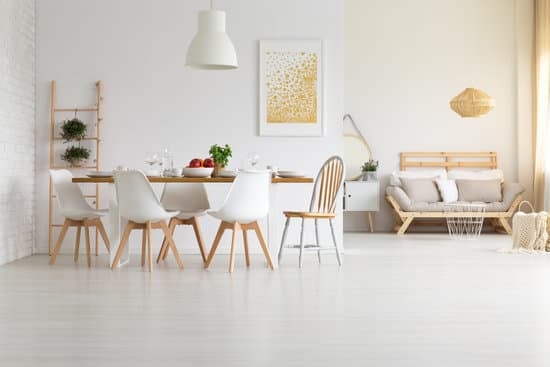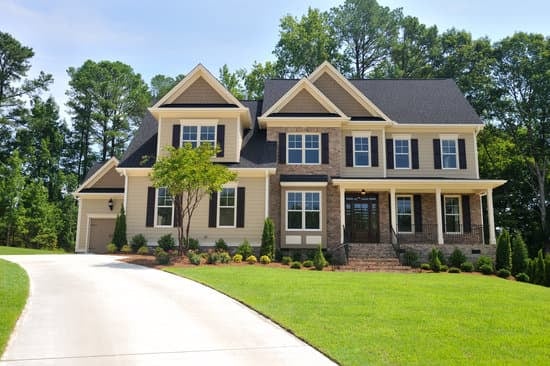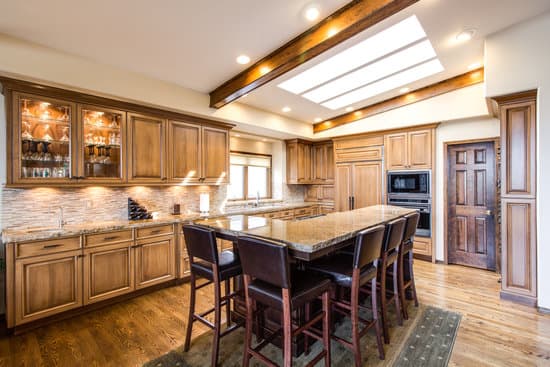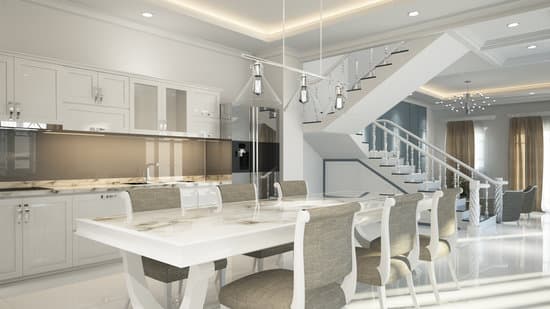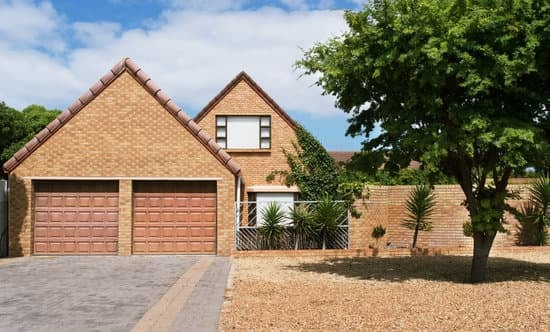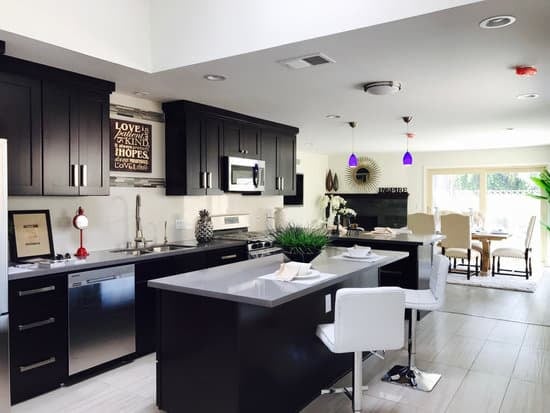The Charm of Japanese Farmhouses
Japan is not only known for its bustling cities, but also for its serene rural landscape. The Japanese countryside is dotted with beautiful farms and old-world farmhouses, known as Kominka, that exude a charm unlike any other. These farmhouses are known to be a perfect amalgamation of Japanese aesthetics and practicality. Kominka not only represent the tranquil simplicity of Japanese farming life, but also serve as a living embodiment of the nation’s history and culture. Kominka are cherished as unique architectural gems that showcase the unique characteristics of traditional Japanese architecture.An Introduction to Kominka
Kominka are traditional Japanese farmhouses that are found in rural parts of the country. These ancient houses have been the dwelling places of farmers, fishermen, and other rural inhabitants in Japan for hundreds of years. Most Kominka were built before World War II, with some being hundreds of years old. They are typically constructed with durable and long-lasting materials, such as wood, earth, and stone and designed with a deep respect for nature and the environment.The Distinctive Features of Japanese Farmhouses
Kominka architecture is a beautiful blend of traditional Japanese architecture and practicality. These farmhouses are typically characterized by their simple, yet robust construction that is designed to withstand Japan’s harsh climate and natural disasters such as typhoons, earthquakes, and heavy snow. The spacious interior of a Kominka is designed to provide ample space for storage and for the residents to move around freely. Additionally, these farmhouses are designed with privacy in mind, with separate living areas for men and women. Some notable features of Japanese farmhouses include:- Thick walls made with earth
- Shingled roofs made from bamboo, cypress, or cedar
- Suspended floors
- Open floor plan
- Walls made from straw or plastered in mud





